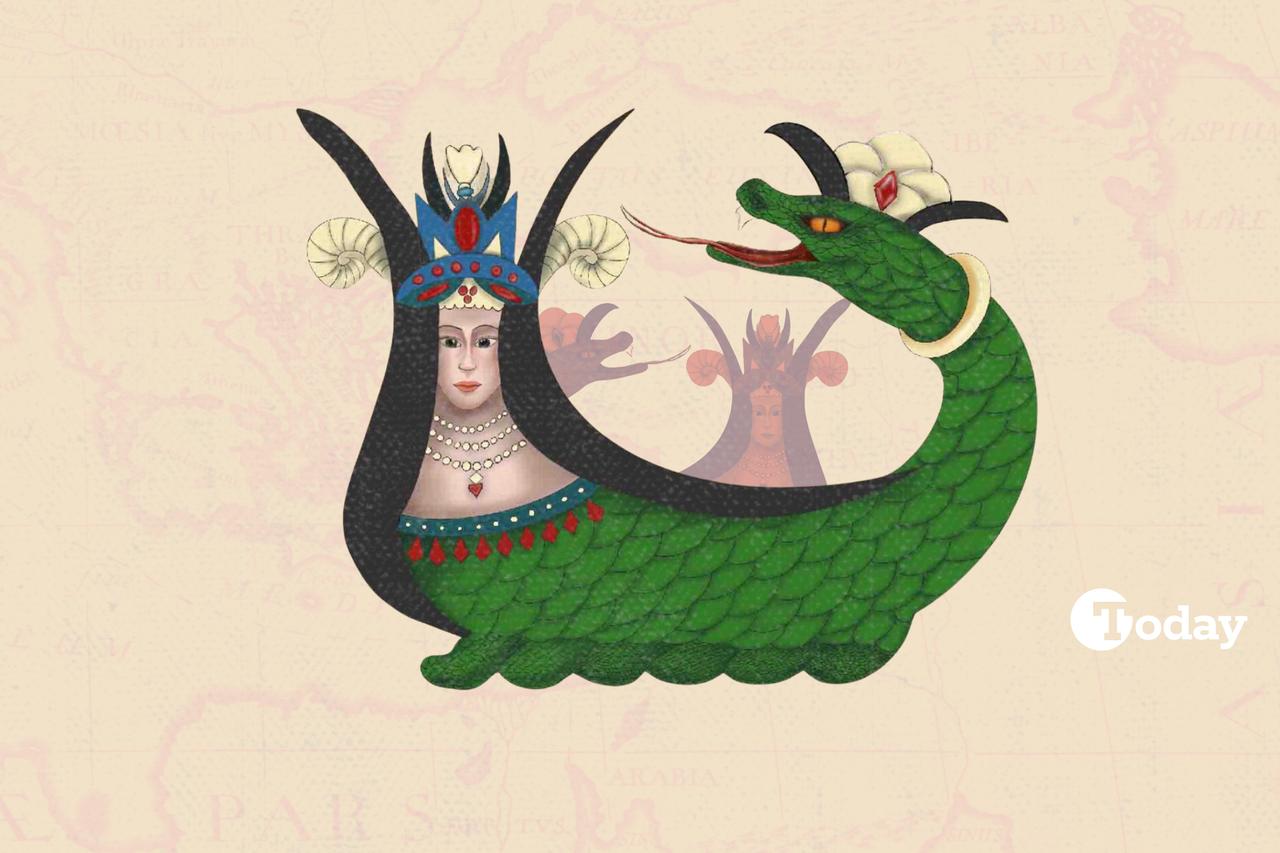
The Sahmeran, or Shahmaran legend, one of the most enduring mythic narratives in Türkiye and its neighboring regions, tells of a half-human, half-serpent being believed to possess deep wisdom, healing knowledge, and secrets of the natural world.
In the tradition shared across Anatolia, Shahmaran is described as a figure whose upper body is that of a woman and lower body that of a serpent, living beneath the earth among countless snakes.
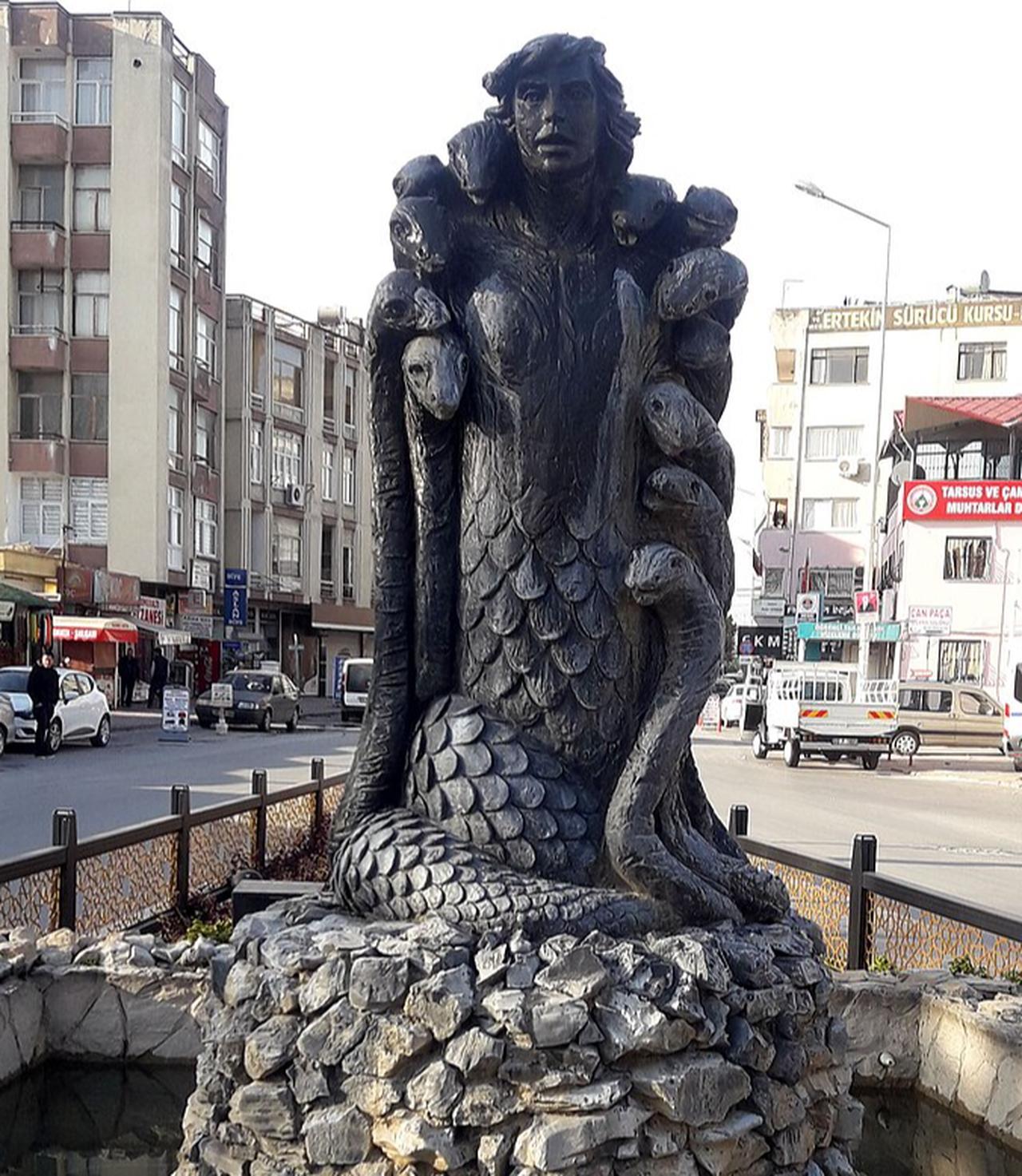
The name Shahmaran comes from the Persian words Shah, and maran. Hence, the name is traced to the expression meaning “the king of snakes,” although the figure is usually portrayed as female.
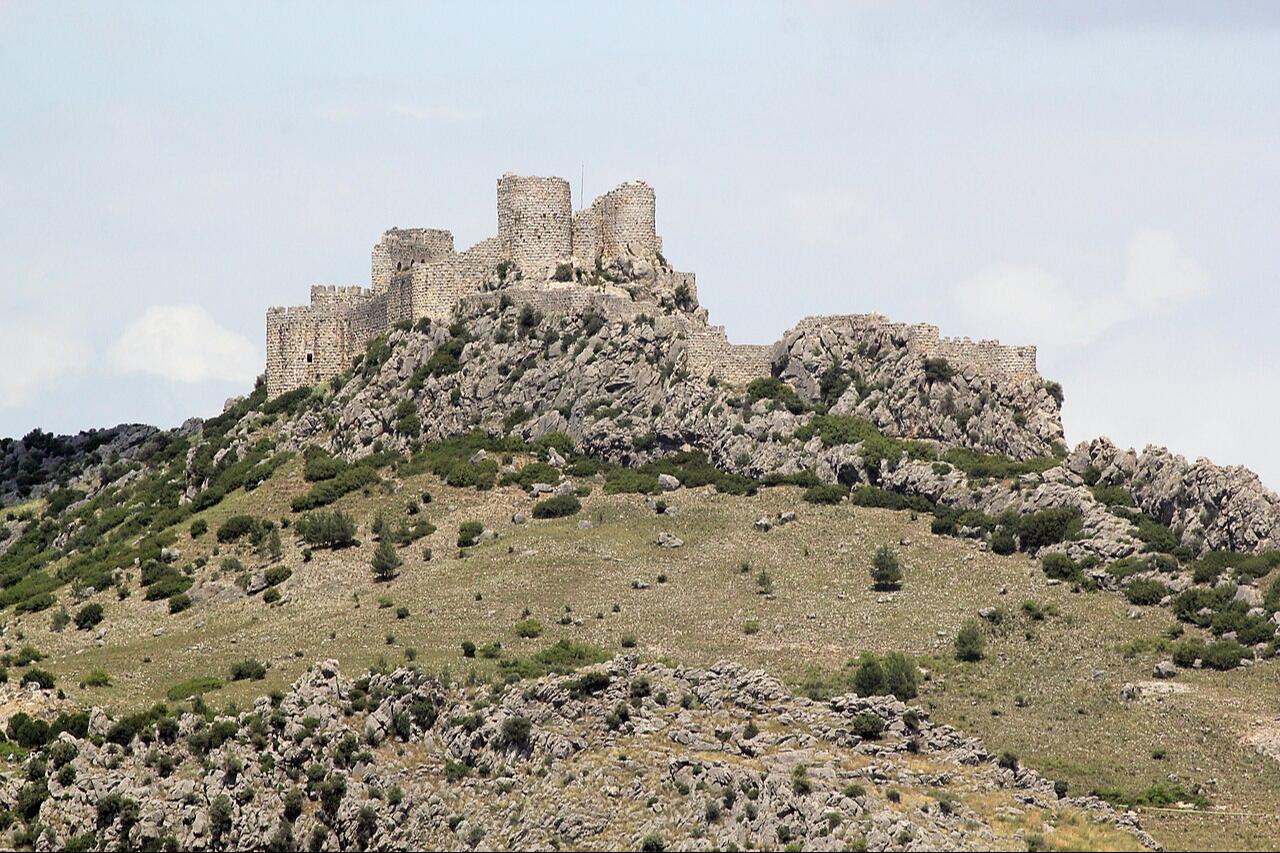
In widely told Anatolian versions of the story, a young man named Jamasp, who is also known as Yada Jamsab (other spellings are Jambs, Camasb, and Jamisav), accidentally discovers an underground chamber after being left behind in a well.
There, he encounters Shahmaran, who shelters him and teaches him knowledge of plants and healing. After many years, Jamasp returns to the surface and promises not to reveal Shahmaran’s location.
However, when a ruler in the region becomes gravely ill, healers claim that the cure can only be found in Shahmaran’s flesh. Jamasp is discovered when his back appears to show serpent-like marks while bathing. Under pressure, Shahmaran’s hiding place is revealed, and she is captured.
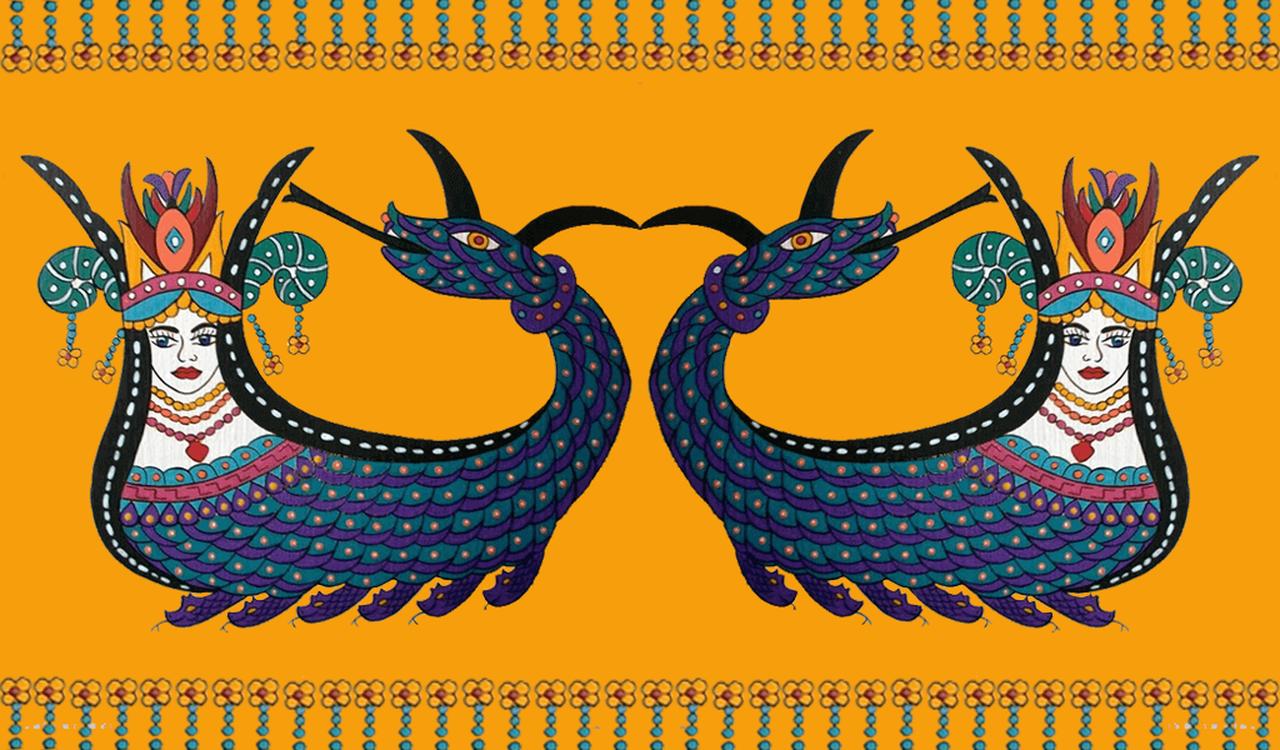
In the final scene, Shahmaran instructs Jamasp that if her flesh is boiled, the first portion of the broth will bring harm, while the second will heal. The ruler drinks the second portion and recovers.
The minister, seeking knowledge and power, drinks the first and dies. Jamasp, by following Shahmaran’s words, gains knowledge of healing and becomes known in later stories as Lokman Hekim, a legendary physician.
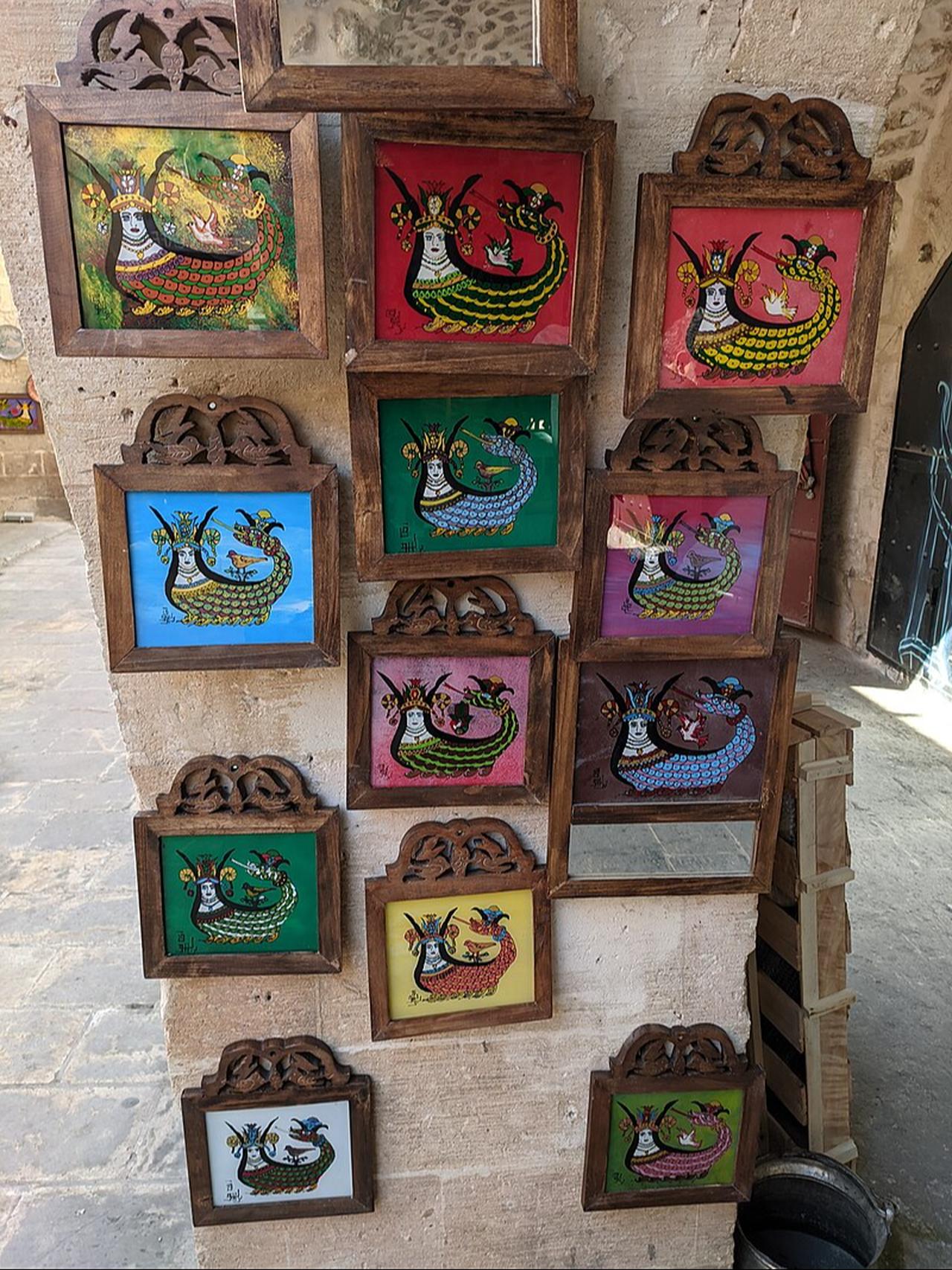
The legend is preserved in oral traditions across regions, including Tarsus, Adana, Mardin, and southeastern Anatolia, and carries themes of loyalty, knowledge, secrecy, and the cost of wisdom.
In several communities, Shahmaran continues to be regarded as a protective presence, believed to guard households and watch over those who respect her story.
The tale remains central to local cultural memory and continues to pass from generation to generation as part of Anatolia’s living mythology.